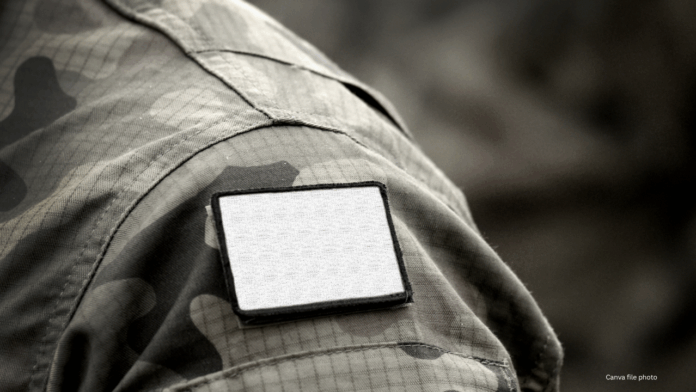The fragile ceasefire between Iran and Israel continues to hold after nearly two weeks of intense aerial and cyber warfare that threatened to spiral into a wider regional war. As the dust begins to settle, the world is left reckoning with the aftermath of a conflict that shook global security dynamics, exposed nuclear vulnerabilities, and deepened regional divides.
The 12-Day War: What Happened
The conflict erupted on June 13, when Israel launched a coordinated series of airstrikes and cyber operations targeting Iran’s nuclear facilities, including Natanz, Fordow, and Isfahan. The strikes, which were reportedly supported by Mossad drone bases operating covertly within Iranian territory, destroyed key infrastructure and killed nearly 1,000 Iranian personnel, primarily from the Islamic Revolutionary Guard Corps (IRGC).
Iran retaliated by launching ballistic missile barrages at Israeli military and civilian targets, killing at least 29 people. In a rare escalation, the United States joined the fray, conducting precision strikes on Iran’s nuclear command and control hubs between June 22 and 23.
Diplomacy at a Tipping Point
Following U.S. intervention, backchannel negotiations – reportedly involving Oman and Qatar – helped secure a tenuous ceasefire. The Biden administration confirmed that U.S. military action has “degraded Iran’s nuclear capacity by 1 to 2 years,” providing breathing room for diplomacy but not eliminating the long-term threat.
However, tensions remain high. Iran’s Foreign Ministry warned on July 2 that “any Israeli violation of the truce would be met with overwhelming force.” Israeli Prime Minister Yoav Gallant responded by reaffirming Israel’s “right to preemptive defense.”
Fallout on Iran’s Nuclear Ambitions
Perhaps the most significant strategic outcome is the temporary setback to Iran’s nuclear program. Experts at the Pentagon and the International Atomic Energy Agency (IAEA) suggest damage to Iran’s uranium enrichment facilities may have forced Tehran to recalibrate its timelines for achieving weapons-grade capability.
In response, Iran has formally suspended cooperation with the IAEA, halting inspections and limiting international oversight. While Iranian officials have not completely shut the door on diplomacy, the decision signals a hardline posture.
Inside Iran: Crackdown and Chaos
As Tehran grapples with the physical and political fallout, its domestic response has grown increasingly authoritarian:
- Over 700 individuals have been detained under new anti-espionage laws targeting those suspected of collaborating with Israel or the U.S.
- Reports indicate at least six executions have been carried out since the war’s outbreak.
- Drone regulations have been tightened to prevent foreign surveillance operations.
Nobel laureate and human rights activist Narges Mohammadi has criticized the Iranian regime, saying the conflict is being used to “justify unprecedented levels of repression.” She warned that civil society is being suffocated as state surveillance intensifies.
Regional and Economic Ramifications
Despite the violence, Israel’s economy is showing signs of recovery, with analysts cautiously optimistic about a potential “peace dividend.” Stock markets in Tel Aviv rebounded this week amid hopes that de-escalation could attract foreign investment.
However, analysts are divided on the long-term implications:
- Legal scholars warn that Israel’s strikes could erode international norms against preventive warfare, making preemptive military action more commonplace.
- Gulf states are reportedly reevaluating their security postures, with the UAE and Saudi Arabia accelerating talks on nuclear energy and missile defense cooperation with the West.



